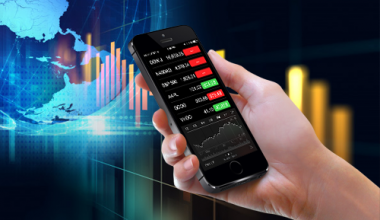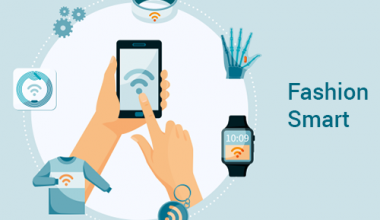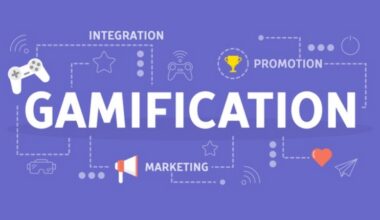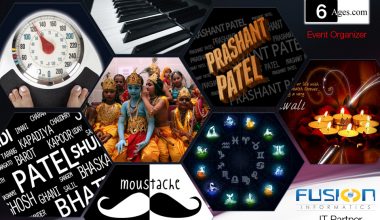IoT in the Media and Entertainment industries greatly enhances the utilization of machine and human resources when paired with cloud platforms and big data analysis.
The Internet of Things (IoT) is a network of networked smart devices, environmental sensors, and other technologies that track assets in several locations.
Without IoT, asset management solutions are prone to data-gathering inaccuracies and delays. Maintenance, underutilization, and reporting may also be a hindrance.
This is due to a lack of data, ineffective asset management, theft, and a miscalculation of real-time consumer expectations. This enables the consumption of targeted material while also forecasting general media and entertainment usage.
The role of IoT in Media and Entertainment
The Media and Entertainment Industry is now better positioned to make informed decisions due to the investigation of many aspects of consumer data. Age, gender, location, time of day, and concurrent consumption activities are among the statistics.
They can then construct more complete client profiles, allowing them to target adverts and personalize content to ensure higher satisfaction levels. The Internet of Things (IoT) in entertainment and media connects the digital and physical worlds.

Internet of Things (IoT) applications in entertainment and media
The media industry has a huge opportunity due to the rapid proliferation of linked devices. Customers can select what they want to watch and when they want to watch it. Content suppliers gain valuable insights into their customers’ tastes.
These are just a few examples of how IoT has significantly impacted the industry and asset management in general.
- Immersive content
- Personalized content
- Targeted advertising
- Asset Management
Immersive entertainment is now a reality.
Many major corporations are building an entire ecosystem around AR, VR, and IoT entertainment. Among the various alternatives are Facebook’s AR Glasses and Microsoft’s Kinect motion-sensing device for the Xbox 360.
Amazon also has an AR player. AR Emojis from Snapchat, Disney, and other sources can be made using a smartphone’s camera.
Media giant, Disney has created a tracking and IoT/AR system that will tell visitors of delays and give them important information. They can also provide information about the entertainer by letting visitors know where to find them in the park.
Disney might create smart devices in the future that enable augmented reality gaming in the parks.
The mainstream TV industry is reintroducing smart TVs. The way people consume material has changed from watching it only once to binge-watching a full series or watching it on a certain day thanks to OTT providers and platforms.
Another feature that enables uninterrupted streaming from any device, including your phone and TV, is Chrome casting. Large portions of the population will be able to have new experiences through immersive live events that use IoT devices, VR headsets, and AR glasses.
Personalized content using viewer and user personas
With the proliferation of smart gadgets, content has mainly gone digital. You may go for a stroll, go bicycling with pals, go for a workout, or just drive home.
The music you listen to may give you party, lively, or peaceful music depending on where you are. Your family’s preferences, needs, friend network, and other details can all be seen in the data from social media, smartphones, tablets, and wearable technology.
Netflix currently offers a variety of user profiles that enable interaction with groups of people, not simply single people. Based on your viewing patterns, ratings, and other information, they can use AI to predict what material you’ll want in the future and which content category you fall under. Using viewing data and profiles, content is tailored to the reading level of each person.
They developed a social streaming service called Telepathy that uses the Facebook gaming network to connect users and stream movies. Users can talk by logging in with their Facebook accounts. This was a big success because group activities were impossible during the pandemic.
High-quality, exclusive streaming options
Let’s take a look at the entertainment market in the game industry. Mobile phones, tablets, and portable gaming consoles are examples of IoT devices that enable augmented reality.
As a result, immersive entertainment is made possible. AR overlays the virtual world on the real world by fusing real-life and virtual features. Pokemon GO is a prime illustration of an early IoT/AR power show. Pokemon GO is a game that incorporates the real world, maps, mobile devices along with fictional characters. Therefore, it has been a hit among all ages worldwide who enjoyed finding Pokemon characters.
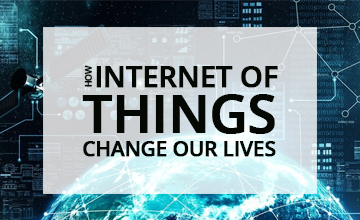
Targeted advertising campaigns
In the past, televisions would broadcast commercials to anyone, regardless of whether or not they would be seen by their intended audience. It was impossible to exclude individuals who had no interest from receiving it.
The ability to track consumers across all platforms has become possible for media and entertainment organizations thanks to digitally accessible content and OTT media.
By consuming content on gadgets like smartphones, tablets, and wearables, more information can be attained. These include where they are, what time of day it is, and whether or not they are moving or exercising. From the connected gadgets in a home, we may also create a picture that enables us to target advertisements based on particular requirements.
We may now obtain metrics such as the number of individuals who saw an advertisement and how many of them converted using the data gathered by wearables or other smart devices. The creation of highly focused ads and provision of high-impact income generation are both possible using these user data.
In conclusion
IoT provides reams of data to the media and entertainment sector. It aids businesses in comprehending consumer behavior and providing appealing offerings. The technology also offers powerful capabilities that gather and examine a large number of inputs. New technologies like augmented and virtual reality are here to assist established businesses and burgeoning startups surpass customer expectations.
